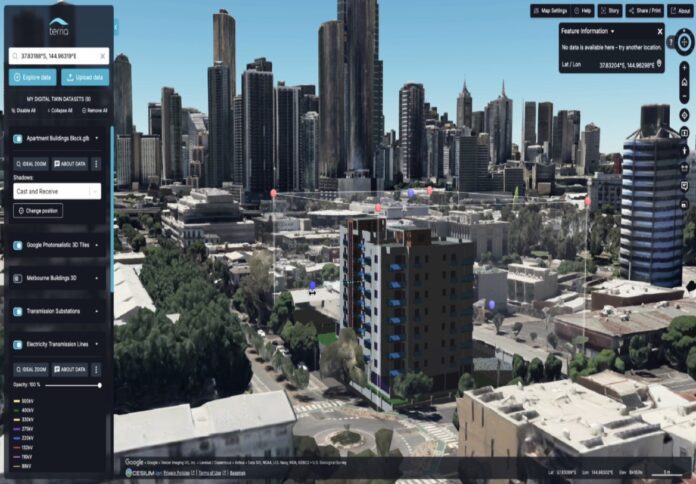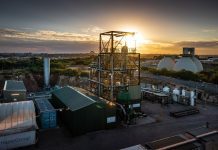
Geospatial technology startup Terria has officially spun out of CSIRO, Australia’s national science agency, following the closure of a seed investment round led by Australian deep tech investment fund, Main Sequence.
Terria specialises in organising and visualising spatial data from thousands of mapping and information layers, making it accessible and usable for a broad audience, the agency said in a news release.
The seed funding will support Terria’s global ambitions, with its tools aimed at addressing critical challenges such as urban planning, the energy transition, and environmental monitoring.
Professor Elanor Huntington, Executive Director of CSIRO’s Digital, National Facilities and Collections division, commended the startup’s journey from research to real-world impact.
“It is very exciting to watch research turn into technology with real-world impact, and in this case, to form the foundation of a new stand-alone company,” Professor Huntington said.
“CSIRO exists to foster Australian innovation and to help take that innovation out into the world. We are extremely proud of the Terria team—geospatial visualisation makes the enormous amount of global data understandable and accessible for everyone.”
Terria will be led by two former CSIRO employees, CEO and Product Lead Ana Belgun, and Chief Experience Officer Amber Standley.
Reflecting on the company’s origins and future ambitions, Belgun highlighted its growth since its inception in 2014, when it first launched open-data, open-source platforms for the Australian Government.
“Since then, millions of users have accessed over 15,000 datasets on Terria mapping platforms,” Belgun said.
“In this next phase, we will scale the positive impact we have created so far for Australian companies and government agencies and take these advanced tools global to enable the creation and management of digital twins across different domains.“
“With a predicted $50 billion growth in the geospatial data market in the next three years alone, Terria can help organisations to consolidate, access, and use spatial data more effectively,” Belgun noted.
Meanwhile, Mike Nicholls, Partner at Main Sequence, emphasized Terria’s ability to solve complex mapping and data challenges.
“We first saw Terria a few years ago in the CSIRO Data61 lab and loved the products and how they were being adopted by users,” he said.
“A typical city street has thousands of datasets and plans for buildings, streets, footpaths, electricity, water, sewage, telecommunications, parks, stations, transport, planning, and the natural environment.
“Terria can bring all that data together, integrating 80 different formats and visualising it on one map. We are excited to help spin this company out and look forward to them growing a huge customer base over the coming years,” Nicholls concluded.




















